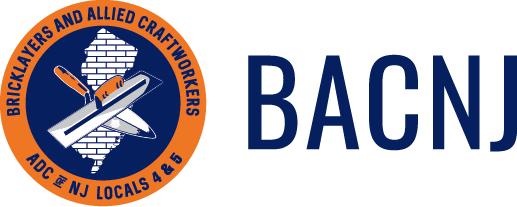The Following information has been compiled from various letters, articles, excerpts, opinions, and comments from construction leaders in the industry and this material can be used in the educating and in the promotion of a PLA.
Project labor agreements (PLAs) are pre-hire collective bargaining agreements that establish the terms and conditions of employment on one or more construction projects. PLAs are typically the product of negotiations between a group of unions in the construction trades’ council and the representative of a construction owner, construction management firm. PLAs require all contractors working on a project to adhere to collectively bargained terms and conditions of employment, whether they are normally union or nonunion contractors., PLAs are now used on a variety of private and public projects.
PLAs may also be crafted to achieve wider social ends, such as increasing minority employment and participation on projects by minorities, veterans, and women.
PLAs may also be used to create highly developed structures for training and recruiting young workers into the building trades, a critical need in light of the reported looming skills shortage in the industry.
In considering whether to use a PLA, owners usually consider the importance of scheduling, the size of the project, the need for skilled labor, whether there are a sufficient number of union contractors in the major trades needed for the project to support competitive bidding and whether the work is likely to be done by union contractors with or without the PLA.
The rational application of project labor agreements as a proven method for stabilizing costs, standardizing the terms and conditions of employment, enhancing productivity and workmanship, and ensuring a reliable source of skilled labor. PLAs result in a strict monitoring of prevailing wage, taxation, and insurance regulations.
- Uniform work hours and holiday schedules
- Prohibitions against strikes and lockouts
- Procedures for quickly resolving disputes that arise on the project, pre-job conferences to assign and coordinate work, joint safety and health committees, provisions for using apprentices on the project, to ensure job training opportunities while also lowering costs. A commitment to utilize the services of the Center for Military Recruitment, Assessment and Veteran’s Employment and its “Helmets to Hardhats Program,” to recruit veterans to work on the covered project.
- PLAs do not discriminate against non-union contractors? Any contractor that is willing to abide by the terms of the agreement is capable of bidding the project.
- Anyone willing to work under the terms of the agreement is free to apply for work on the project. In fact, federal law prohibits employers from discriminating against employees based on whether they are union members.
- Construction managers owners of projects are interested in PLA because they provide
a tool for creating a stable, uniform foundation for methodically planning and scheduling a project. The agreements reduce the uncertainties inherent in large-scale construction. - PLAs keep a project on schedule, avoiding costly delays. They also allow parties to predict labor costs and production timetables more accurately. They enable every potential bidder the same level playing field of opportunity, which means more accurate bidding and lower overall costs. PLAs also offer direct cost savings through streamlined safety procedures, avoiding the need to renegotiate agreements during the project, setting work schedules to keep costs low, and using expedited dispute resolution procedures. Public entities are increasingly using PLAs to benefit the community in which the project is being constructed, by guaranteeing training and work opportunities to the local workforce.
- Any qualified contractor can bid to work under a PLA on a public project. Many agreements in the public sector, however, contain special accommodations to make it easier for contractors that do not ordinarily work under collective bargaining agreements to participate on the project. For example, some agreements will permit contractors to bring a certain number of their existing employees onto the worksite, without requiring them to go
through the union’s hiring halls. Similarly, as noted above, the provisions of public sector PLAs are commonly only binding on contractors while they are working on that project. - In addition, as discussed in more detail below, public agencies are looking to PLAs as tools for providing training and career opportunities for community members.
- PLAs been used to achieve benefits for the community by providing opportunities for historically disadvantaged workers and businesses. Working together, agencies, unions, contractors, and community groups have created innovative pre-apprenticeship programs to help community members develop the skills they need to enter apprenticeship programs; have reserved certain numbers of apprenticeship positions for minority or disadvantaged youth; have set hiring targets for members of the community; and have guaranteed certain numbers of jobs for small or minority owned businesses.
“Experience shows that PLAs most often result in local contractors bidding and winning the work. In turn, they are more likely to promote local workforce development and employment. This means large portions of the wages and profits from a PLA project are returned to the community through the purchase of local goods and services, and through payroll, property, and state taxes. As a result, PLAs are an excellent, proven means of stimulating local and state economies.”

